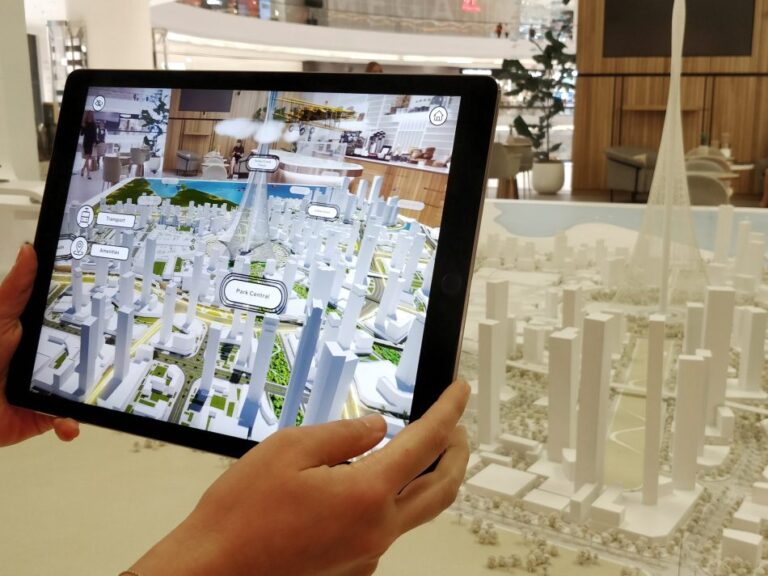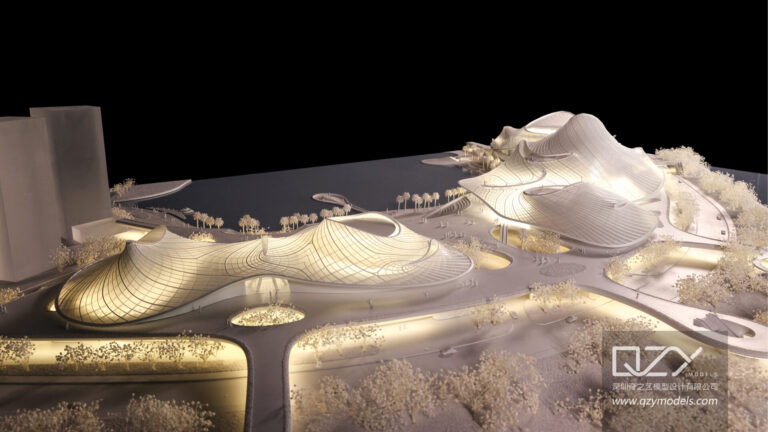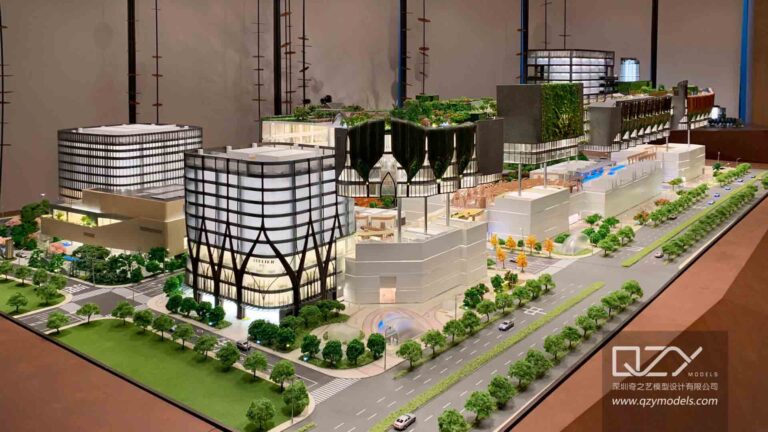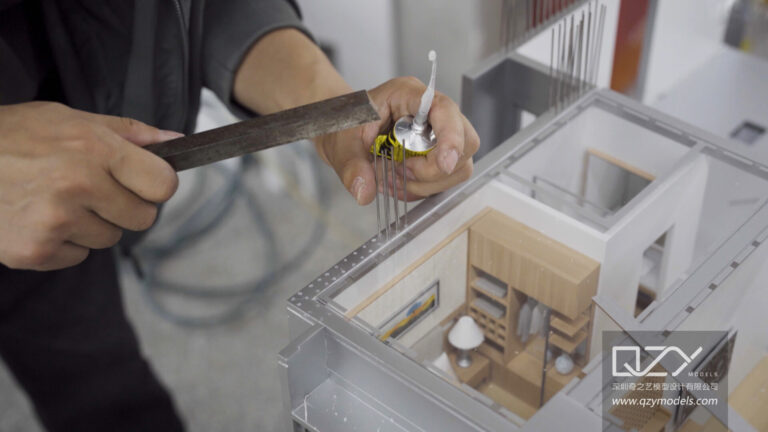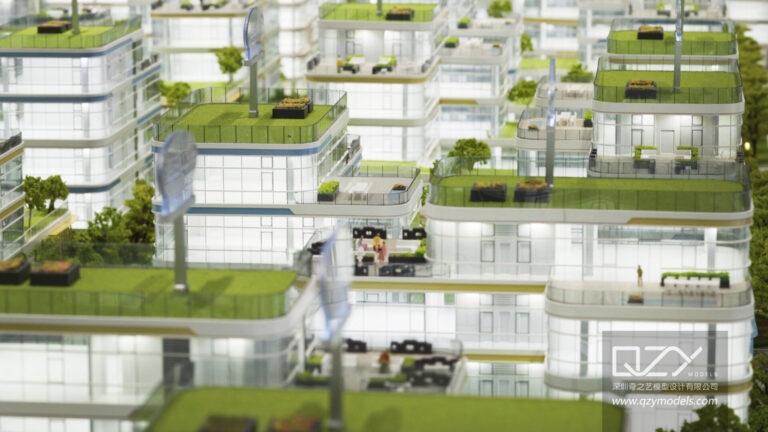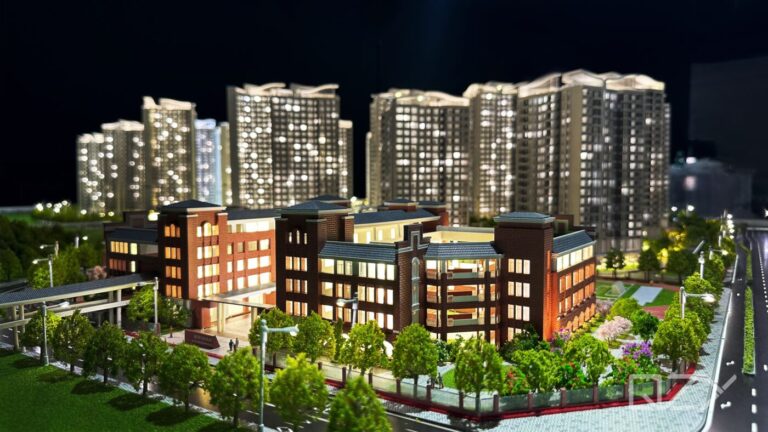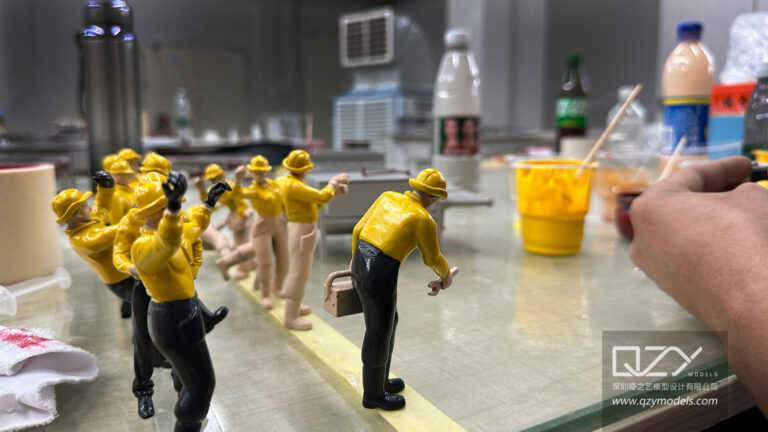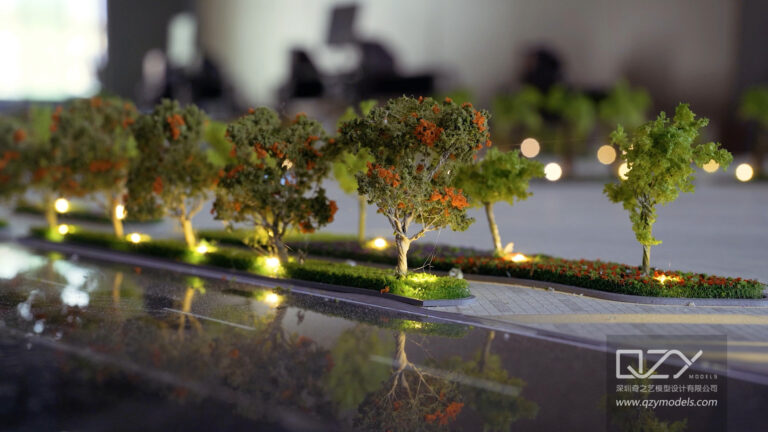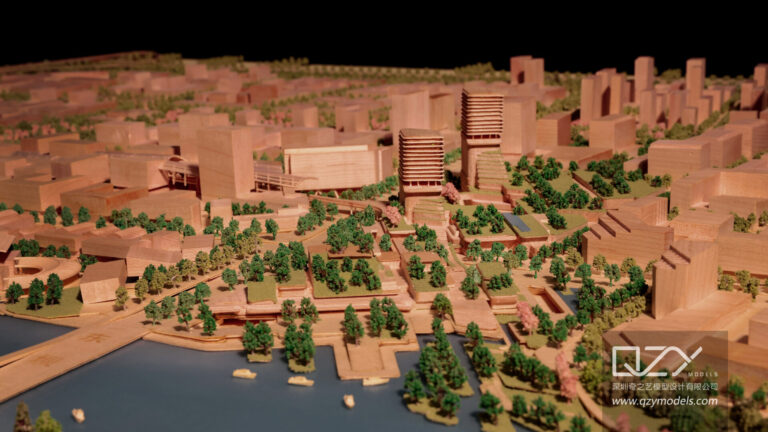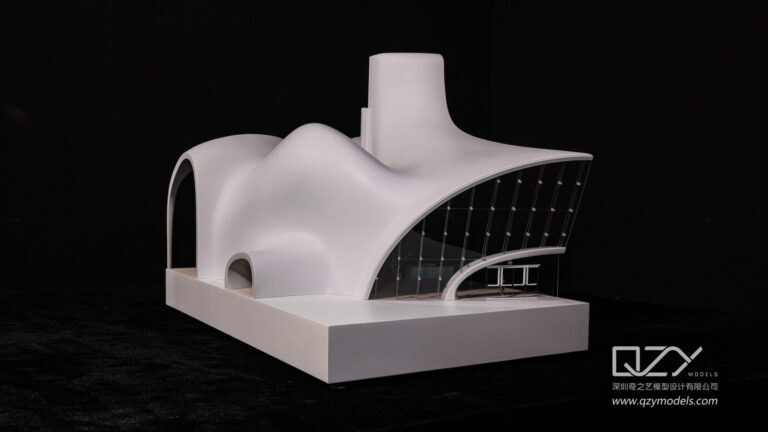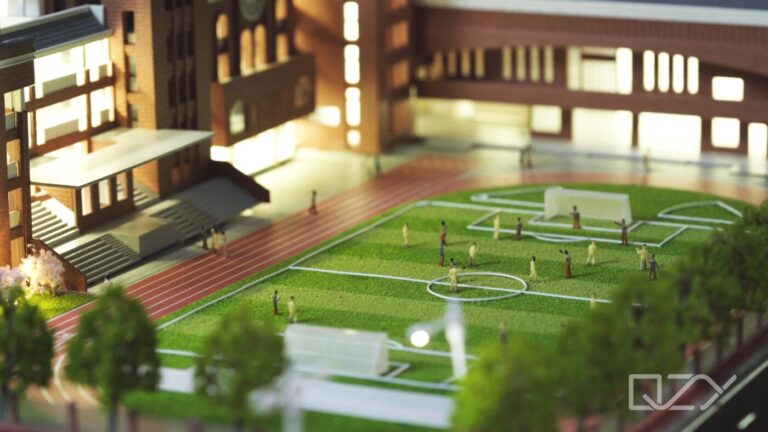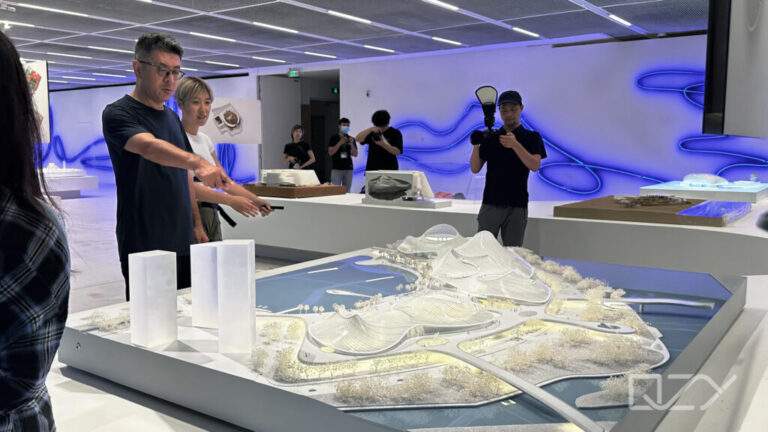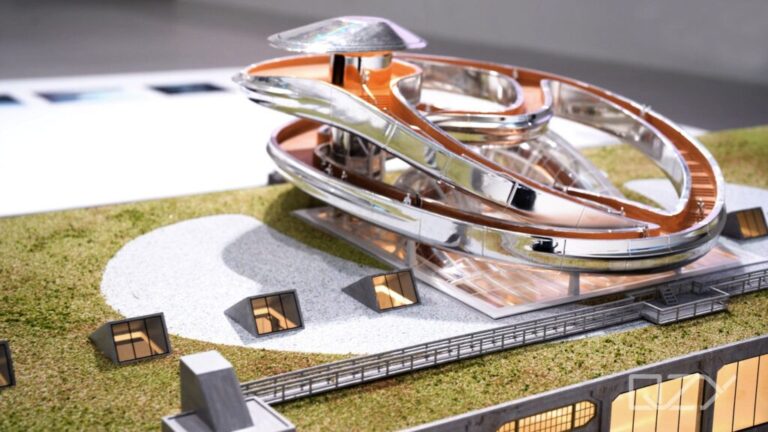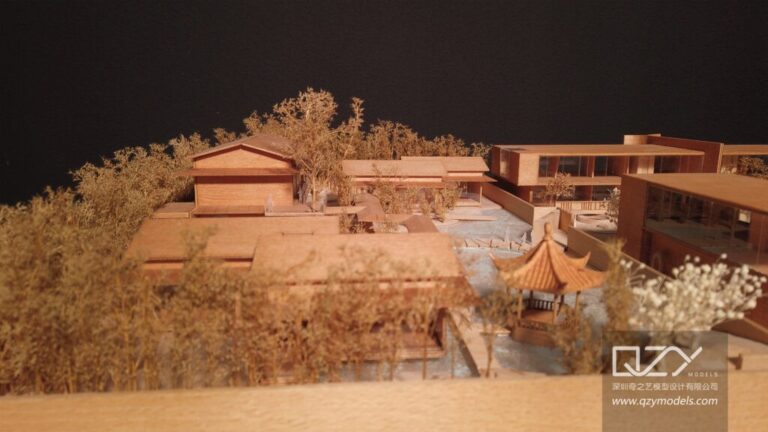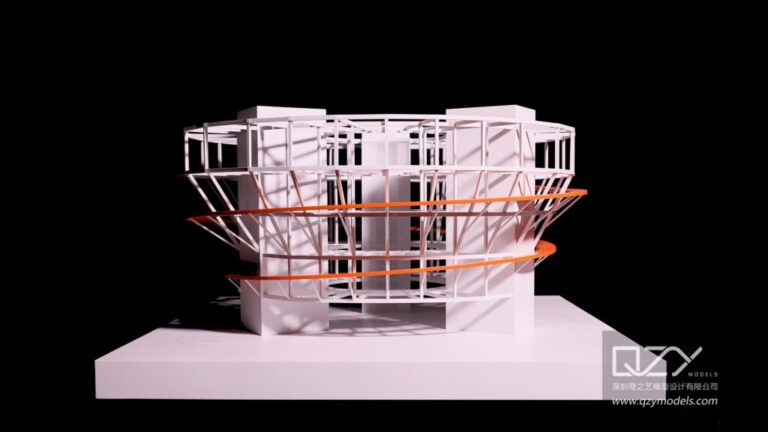Introduction:
The art of architectural model making involves a delicate balance of creativity, precision, and a keen understanding of materials and structure. One critical aspect that demands special attention is the stability of the models. In this article, we delve into the high-stability design principles employed by model makers to ensure the durability and robustness of architectural models throughout the model making process.
Foundation of Stability: Material Selection and Structural Integrity
The stability of architectural models begins with the careful selection of materials. Model makers, as guardians of the creative process, choose materials that not only capture the essence of the design but also provide the necessary durability. Whether it’s wood, plastic, or composite materials, the structural integrity of each component is meticulously considered to establish a solid foundation for the model.
Precision Craftsmanship: The Art of Model Making
Model makers bring their artistic prowess into play while ensuring high stability. The precision craftsmanship involved in shaping, cutting, and assembling each component is critical. Every detail contributes to the overall stability of the model, requiring the skilled hands of a model maker to bring the design to life while maintaining structural integrity.
Reinforced Connections: Strengthening the Model’s Core
To enhance stability, model makers focus on reinforcing connections between different elements of the architectural model. This involves using adhesives, fasteners, or other bonding methods that not only secure the components in place but also contribute to the overall robustness of the model. The expertise of the model maker is showcased in the seamless integration of these connections.
Weight Distribution: Balancing Act for Stability
An often overlooked but crucial aspect of stability is the distribution of weight. Model makers strategically distribute the weight across the model, ensuring that it remains balanced and resistant to tilting or shifting. This meticulous consideration prevents any potential instability issues that may arise during handling or display.
Testing and Iteration: Ensuring Stability Through Trials
Before finalizing a design, model makers conduct rigorous testing to evaluate the stability of the architectural model. This may involve simulating different environmental conditions and potential stresses the model could face. Iterative testing allows model makers to refine and enhance the stability of the design, addressing any weaknesses in the initial concept.
Environmental Considerations: Adapting to Display Conditions
Model makers factor in the environment where the architectural model will be displayed. Whether in a museum, educational institution, or public exhibition, environmental conditions such as temperature and humidity can impact stability. High-stability design includes considerations for these factors to ensure the model remains resilient in various display settings.
Conclusion:
In the intricate world of architectural model making, the quest for high stability is an art form in itself. Model makers, with their blend of artistic vision and technical expertise, masterfully design models that withstand the test of time. The high-stability principles incorporated into the model making process by these skilled artisans ensure that architectural models not only captivate viewers with their beauty but also endure as enduring testaments to design excellence.


